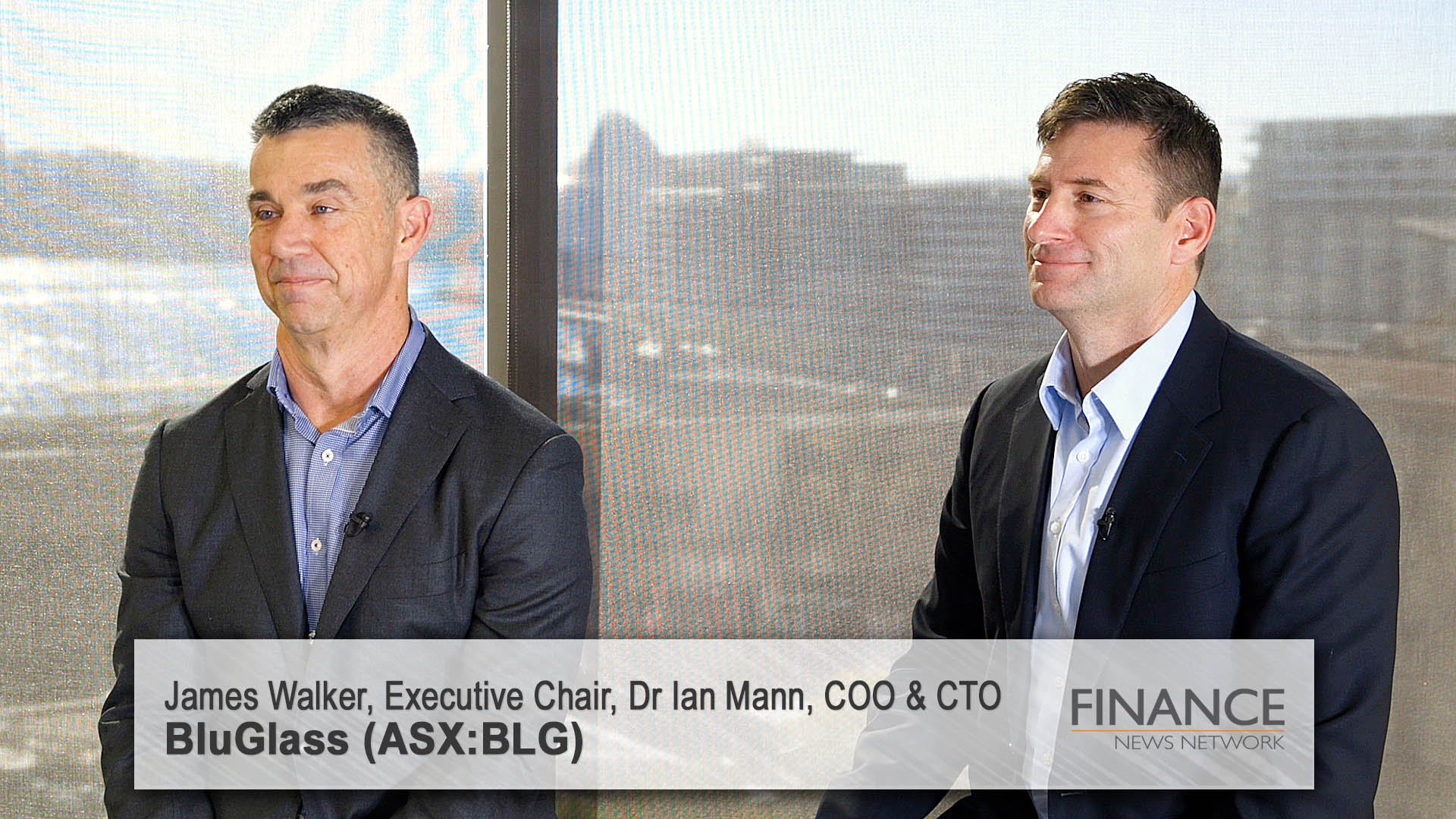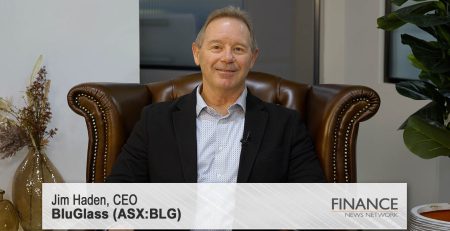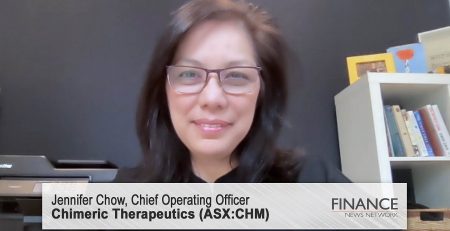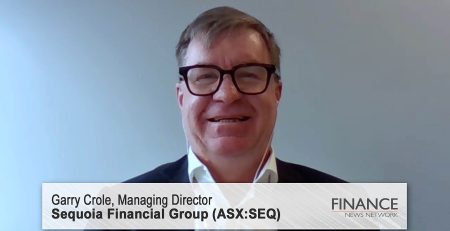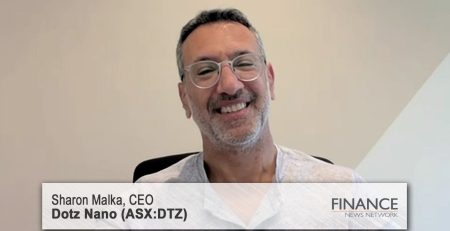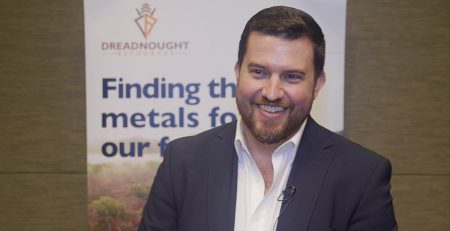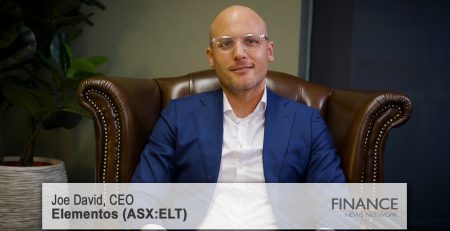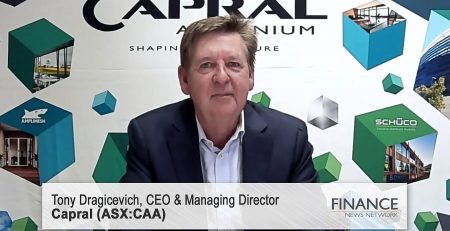BluGlass (ASX:BLG) update on laser diode production and rights issue
BluGlass Limited (ASX:BLG) Executive Chair, James Walker and Chief Technology and Operations Officer, Dr Ian Mann discuss the company's laser diode production and its recent rights issue.
Michael Luu: Hi. This is Michael Luu for the Finance News Network. Joining me from BluGlass (ASX:BLG) are the company's Executive Chairman, James Walker, and Chief Operations and Technology Officer, Ian Mann. James and Ian, thank you so much for joining us today. Welcome back to the network.
James Walker: Great. Thank you.
Dr Ian Mann: Thank you.
Michael Luu: First up, BluGlass has just announced a discounted rights issue to existing shareholders. Can you talk us through the terms of this offer, and what's the rationale behind this equity raise?
James Walker: So, BluGlass is doing an $8 million raise. So, we did a $2 million placement last week, and the balance we're doing as a $6 million rights issue to existing shareholders. That rights issue has been priced at a 47 per cent discount to the current share price. The reason why we're doing the capital raise right now is we need more funds to continue the product development and to make sure that we've solved our current technical issues that we're working through.
Michael Luu: Now, it was only 12 months ago that BluGlass also conducted another equity raise to move into the laser diode space. How can investors be confidence this time that commercial sales will become a reality?
James Walker: Yeah, it's a good question. And the reason why we're confident that this time the capital raise will be sufficient to get us through is the technical problems that we're currently facing are known industry problems. So, they're not related to our epitaxy process, but the downstream processing. So, we're working with our suppliers to solve that problem, and we're confident that we will be able to solve that problem.
Michael Luu: Thanks, James. Now on to you, Ian. Could you give us an update on the company's progress with developing laser diodes? And, recently you announced positive results alongside difficulty with production. Can you explain why?
Dr Ian Mann: In working with our manufacturing partners, we recently successfully demonstrated packaging of our 420 nanometre laser diode. This is the first time that we've achieved a commercial specification of the targets that we're shooting for, for our first product. So, following the packaging, the final thing to be tested is something called reliability. Now, reliability means that the device has to perform over a long period of time and still maintain its specifications. Now, we've recently observed a slow degradation of performance, and this is something that we have to address. The nature of this problem we believe is coming from our manufacturing partners in one of the various steps, and it's related to something called facet damage that's happening on one of the faces of the laser. So, we're currently working through various solutions for this facet, and as James mentioned, this is a known problem within the industry of lasers. Now, we know this may take several iterations to resolve. Now, something that I'd like to share is that typically an iteration takes approximately three months from the start of a design that occurs in Silverwater all the way through to that reliability testing. But keep in mind, because we use multiple vendors, we roughly get one outcome every month because we typically run three in parallel.
Michael Luu: So, can you shed some insight on what laser diodes are used for and what opportunity the markets for these products presents?
Dr Ian Mann: The products that BluGlass is initially targeting range from 405 and 420 and 450 nanometre devices. Now, these are actually being used in a wide variety of applications. And to name one that's very exciting is called industrial welding. And you should be thinking of this welding really as more of a high-tech manufacturing. It can be used for things like electric car batteries for doing copper welding at the circuit board level.
Another critical application that we're looking at is really for displays. So, if you go to a movie theatre today, the quality could be increased many, many times by using lasers as projectors. And one of those lasers required is a green. Now, one of the real advantages of using BluGlass technology is we have advantages both with our RPCVD and MOCVD developments to make the world's potentially best green laser. So, that's something that we're very excited about. That particular product is a bit longer-term, but we are already putting the development in now in parallel with the existing commercial plan.
A third application that I'd like to highlight is in quantum computing. A 420 nanometre laser can actually be used in that application. Even though quantum computing definitely is a long-term commercial, a lot of investment is going into this area and certainly one we have attraction for from potential customers and partners.
Michael Luu: In order to gain further insight into the demand for laser diodes, FNN reached out to the US to catch up with BluGlass's latest board recruit, Non-Executive Director Jean-Michel Pelaprat, for a comment.
Jean-Michel Pelaprat: The laser industry rarely brings disruptive technologies. Gallium nitride lasers have great potential to disrupt these high-demand markets, from energy storage to electrical vehicles, but also in consumer electronic manufacturing, high-density lamps for automotive instrumentation, and quite a few other market segments. BluGlass is well positioned, I believe, to address this large domain with very few competitors. Furthermore, its RPCVD technology should create a solid competitive differentiation.
Michael Luu: Now, back to you, James. You've been running the company since the departure of longstanding CEO Giles Bourne. Could you give us an update on the company's recruitment process for a replacement?
James Walker: A couple of weeks ago, Giles and the board came to the decision it was the right time for Giles to move on, with the view of getting a new CEO to take us through the next level of development of the company, and that's really transitioning from an R&D company through to a technology development manufacturing business. The laser diode part is only the first validation of our technology. So, our longer-term play is RPCVD has lots of applications. So, the CEO we're looking for will have the necessary skills to take the company on that journey through to full commercialisation, not just in laser diodes, but other industries as well.
Michael Luu: Now, lastly, before I let you go, beyond a successful capital raise, what else can investors be excited about in the coming time?
James Walker: So, our immediate focus is on solving the reliability issue. So, we're all working 100 per cent focused on solving that. But straight after solving that problem, we're launching product. So, we have customers already waiting for the products. So, we're very excited about where the laser diode business goes for us. Naturally, we like the laser diode space, and the reason why we've picked this is it's low volume, high margin. We already have the manufacturing capacity out of Silverwater for the epitaxy process of the laser diodes, so we've got that capacity to really have a very good go at that market. Of course, this is all based on the shareholders supporting the current rights issue that helps us get to those stages. So, once again, we thank our shareholders for their support, and we're looking forward to actually delivering some outcomes for them in the near future.
Michael Luu: James Walker and Ian Mann, thanks so much for your update, and we look forward to catching up with you again in the future.
James Walker: Great. Thank you.
Dr Ian Mann: Thank you.
Ends
Copyright 2021 – Finance News Network
Source: Finance News Network

